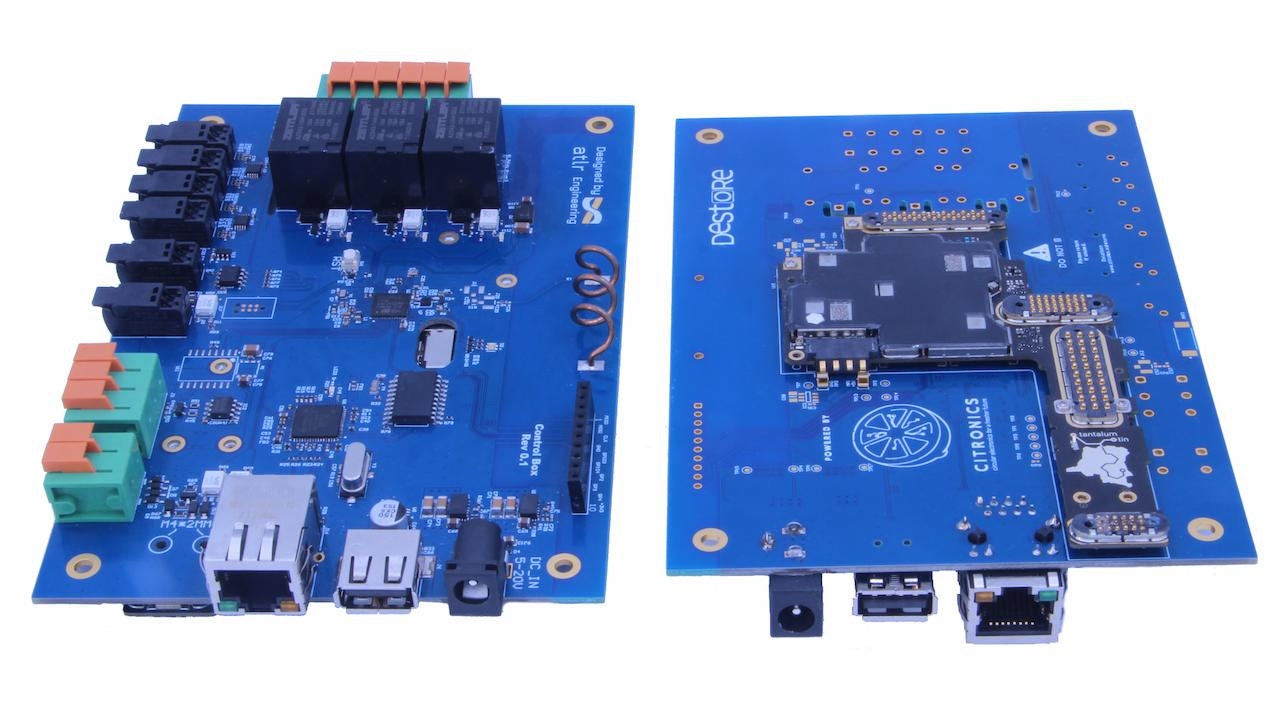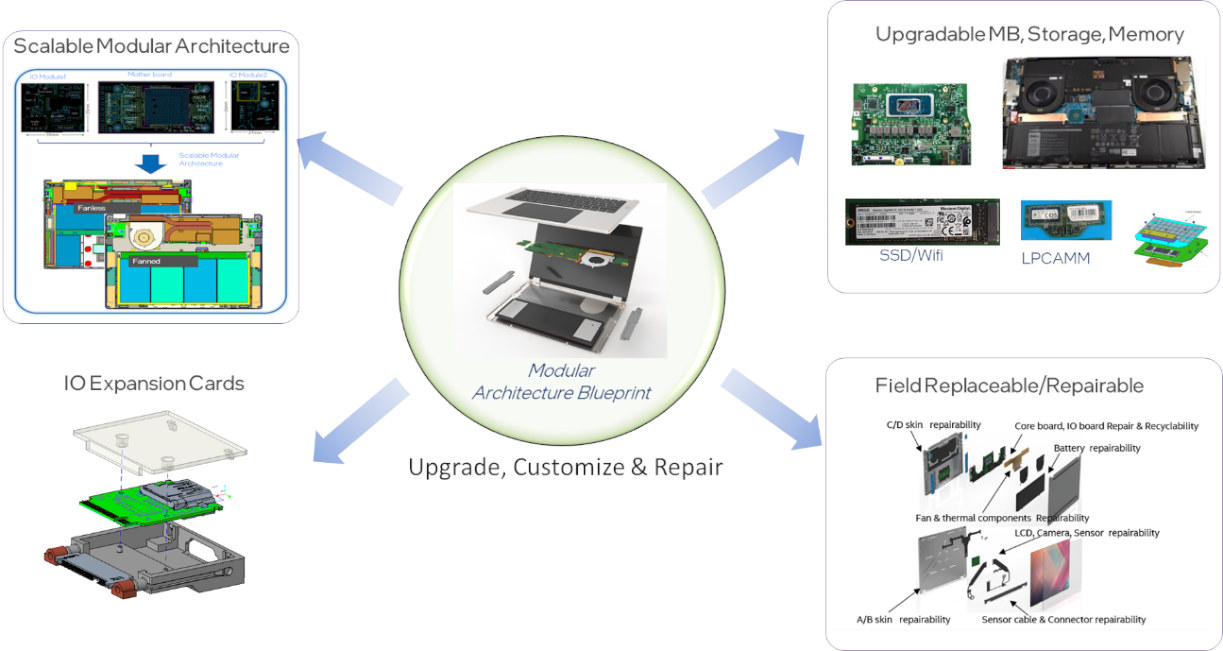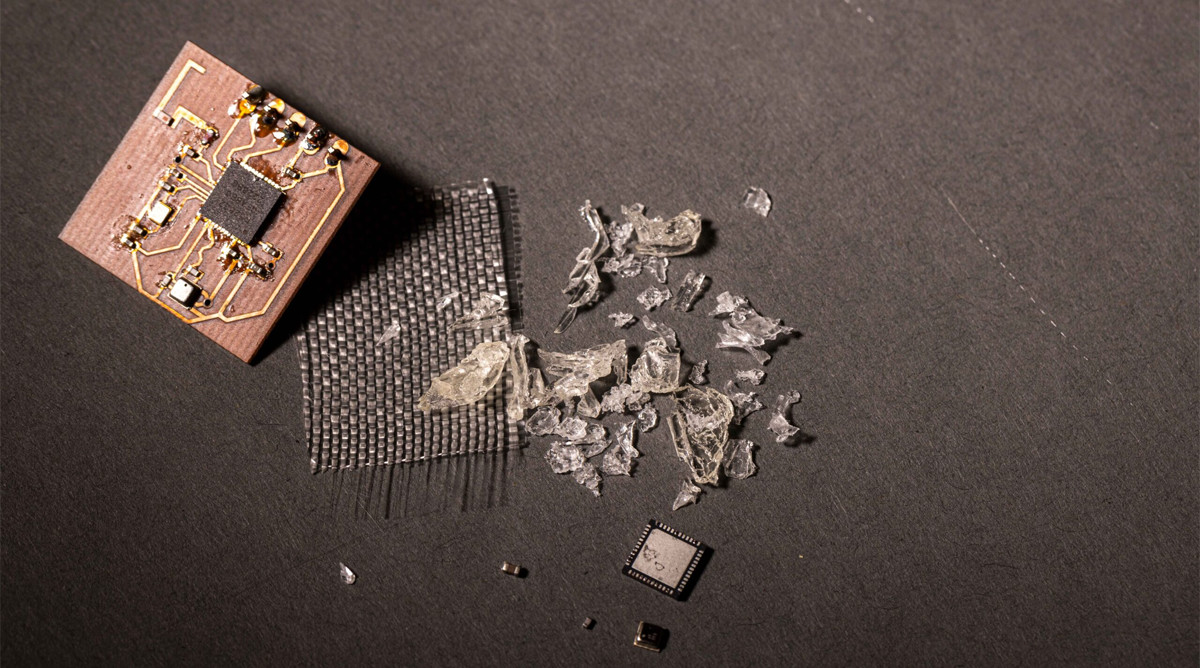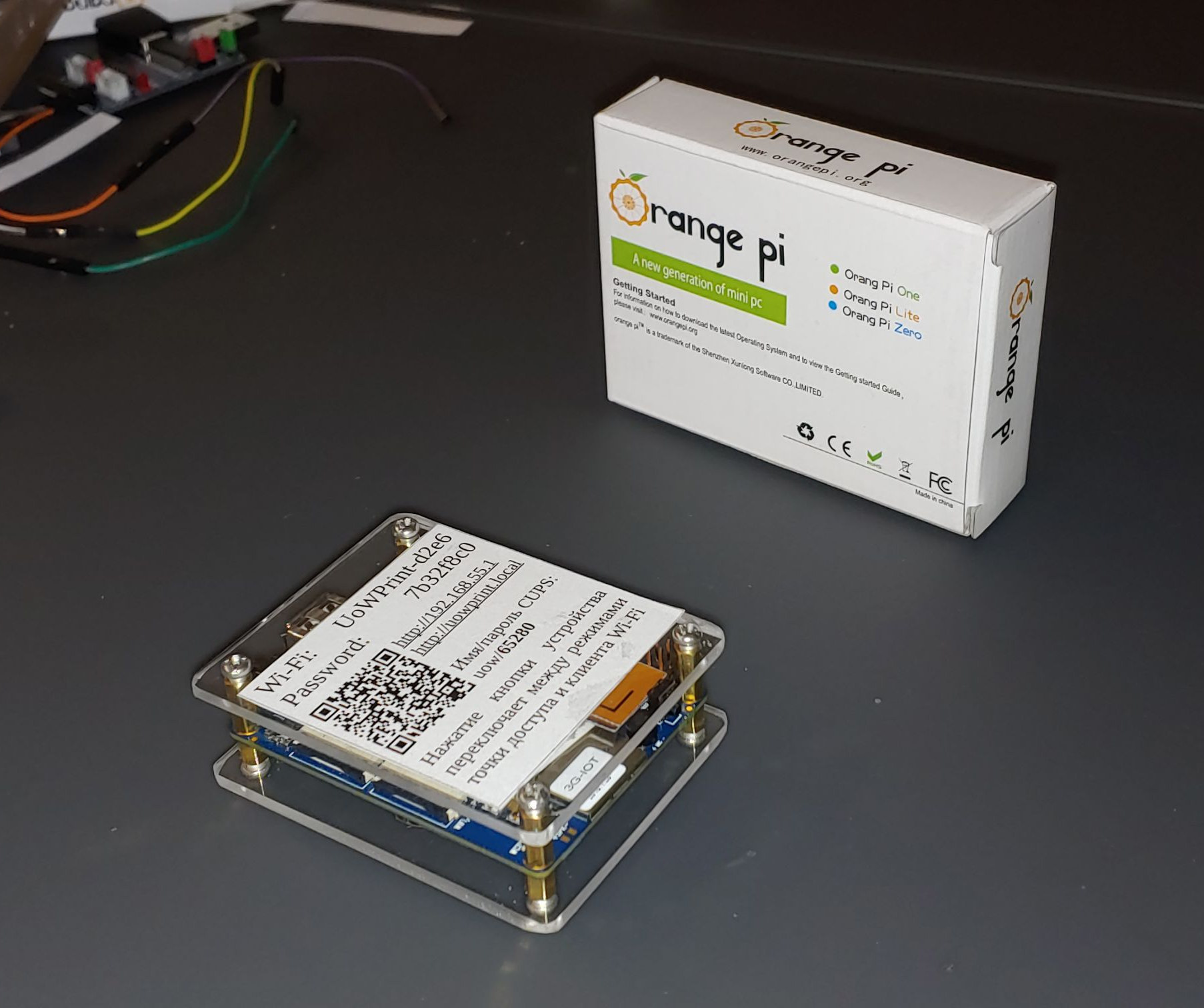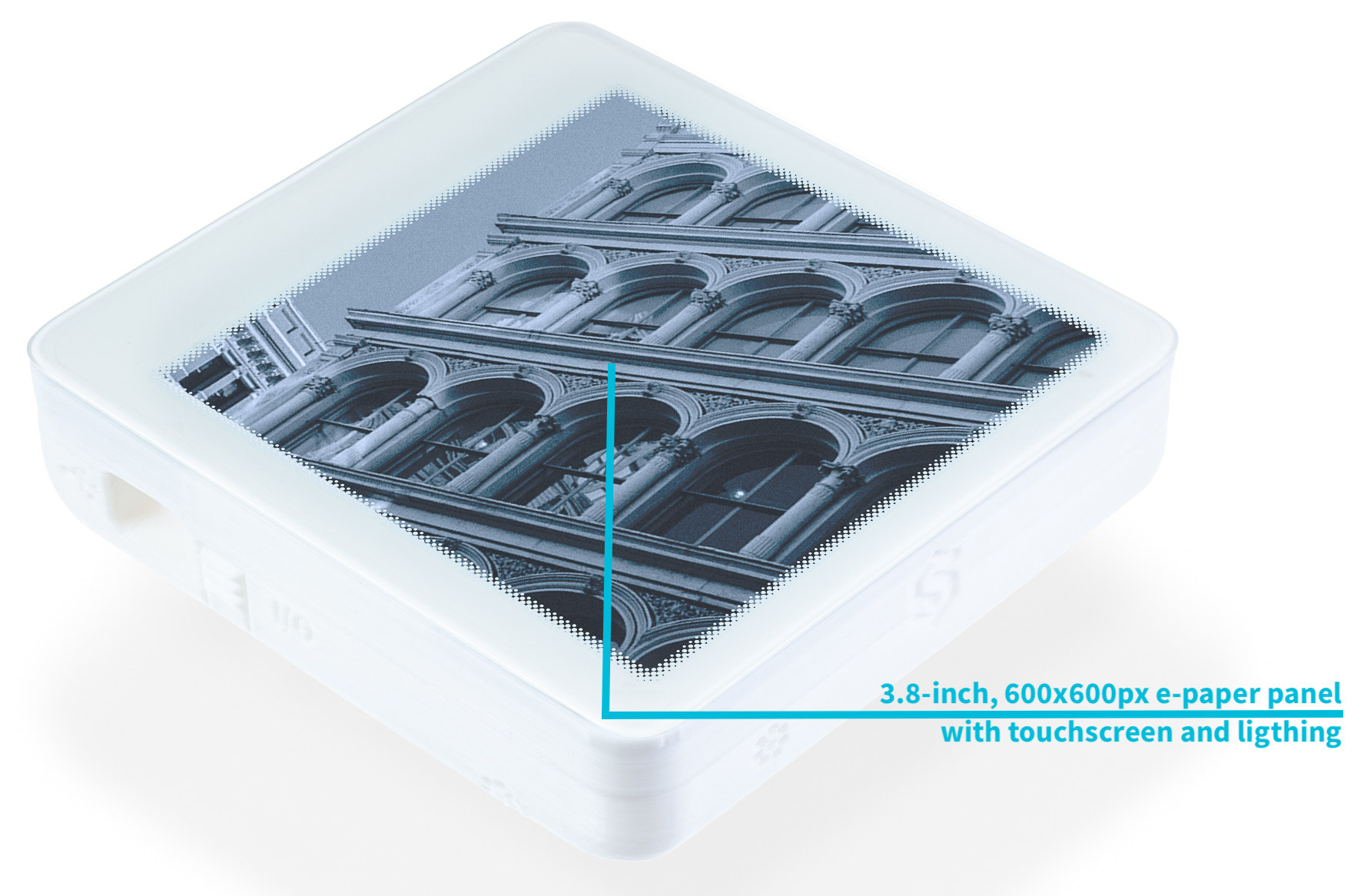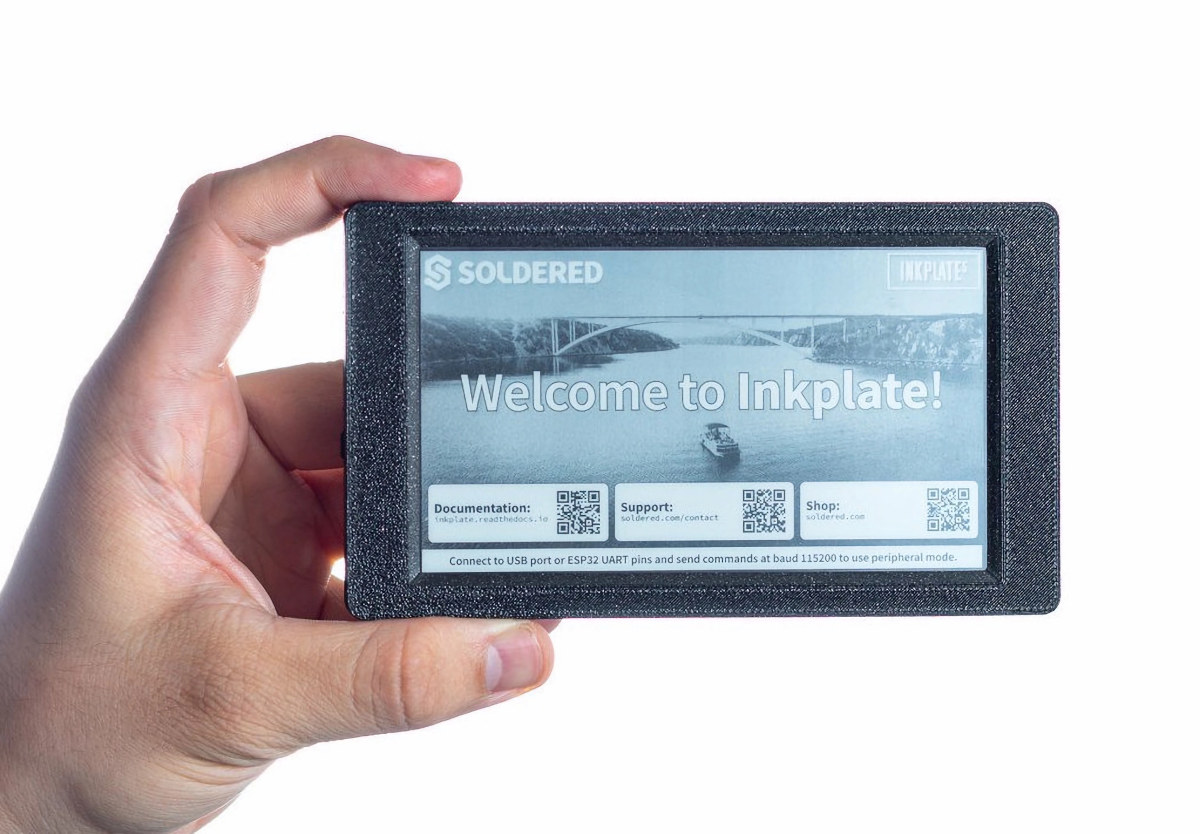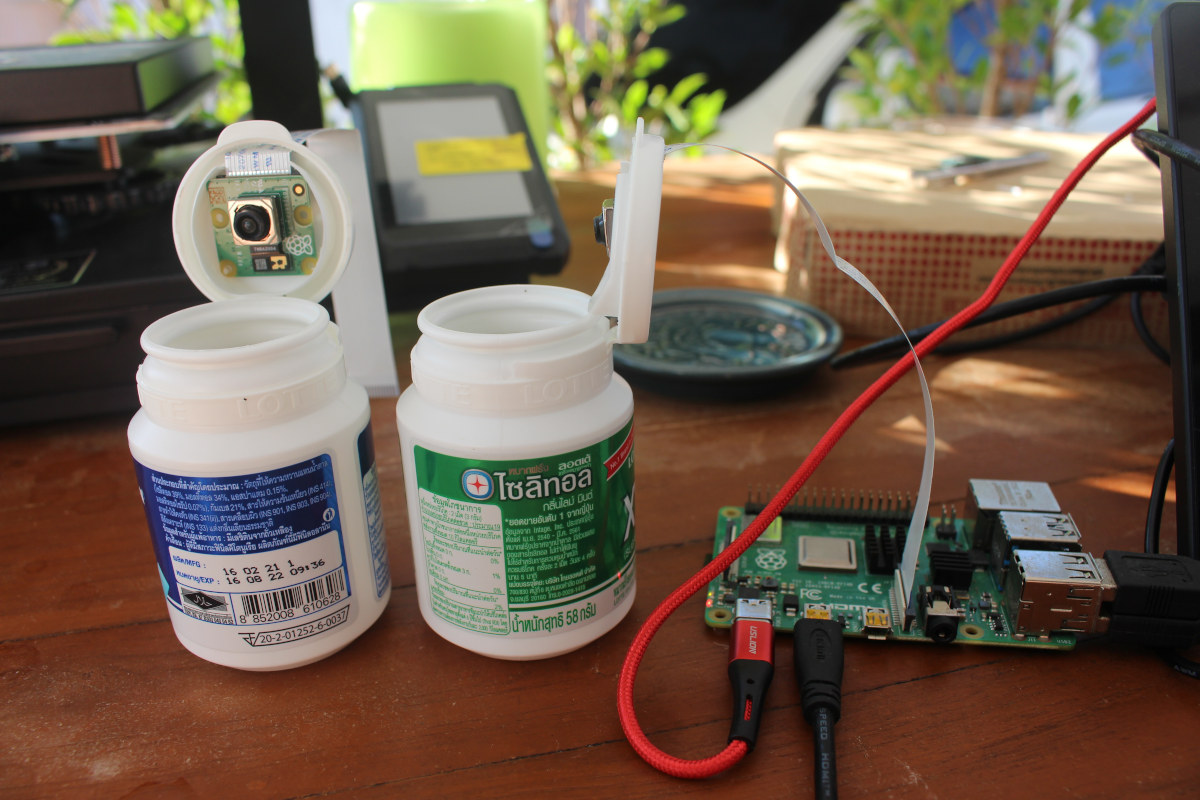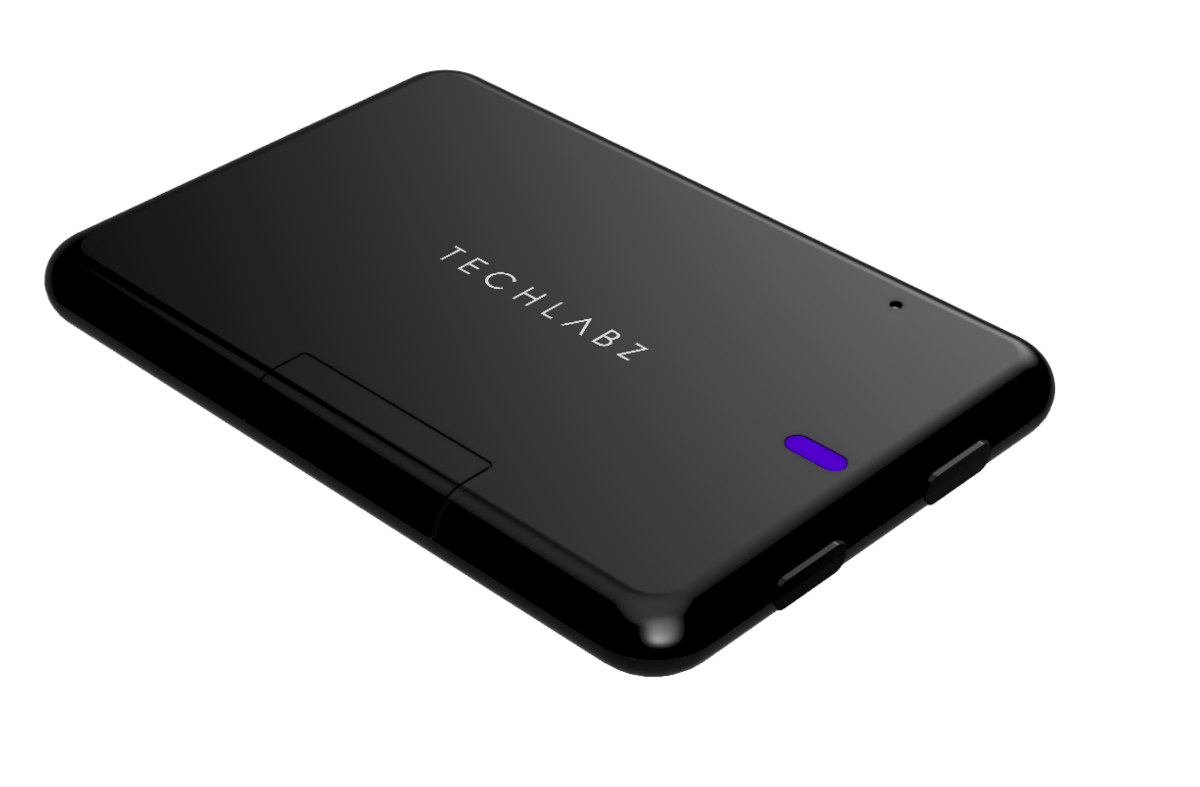Belgium-company Citronics has designed a router based on the mainboard of the Fairphone 2 smartphone, connecting the Qualcomm Snapdragon 801 “system-on-module” to a carrier board with Ethernet, USB ports, and other connectors, while leveraging 4G LTE, WiFi, and Bluetooth connectivity from the phone’s core board. Citronics calls this type of hardware “Circular Microcomputers,” which refers to small computers focusing on sustainability and circular economy principles using parts from discarded devices like old smartphones. There’s actually more than one router, as Citronics designed its own development kit, and also partnered with other companies to design custom gateways based on the Fairphone 2 mainboard. Let’s have a look at the devkit first. Citronics devkit: Fairphone 2 mainboard SoC – Qualcomm Snapdragon 801 (MSM8974AB) quad core Krait 400 processor @ up to 2.26 GHz with Adreno 330 GPU System Memory – 2 GB LPDDR3 Storage – 32GB eMMC flash Connectivity – 2G/3G/4G LTE, […]
Intel floats Modular PC design proposal for repairable laptops and mini PCs
Intel has published an article proposing a modular PC design that would improve the repairability/right-to-repair of laptops and mini PCs and reduce e-waste through the replacement of motherboard, display, and M.2 or FPC add-on modules for the user-facing ports. Making repairable, modular electronic devices is not a new idea, and the Framework laptops are probably the best-known option now, but they do come at a premium. But most projects are limited success, for instance, Project Ara modular smartphone from Google eventually died off. We’ve also covered modular or open-source hardware solutions from smaller companies over the years such as Firefly Station P3D modular Arm mini PC with swappable cards, or Olimex Teres-I DIY and open-source hardware laptop. It’s good news that a large company like Intel is taking the repairable, modular PC topic seriously, but as we’ll see below it’s currently a high-level proposal with few technical details. Most laptops […]
Recyclable PCB created by the University of Washington is made from Vitrimers
Ludwik Leibler a Polish-born French physicist and his team from the Laboratoire Matière Molle et Chimie at ESPCI ParisTech created a new class of plastics known as “vitrimers” and material researchers at the University of Washington (UW) have leveraged the new plastics to develop a recyclable PCB (printed circuit board) known as “Vitrimers PCB” (vPCB) that can be recycled many times over. The team tested their vPCB for strength and electrical properties and found that they are very similar to standard FR-4 PCB material. This means Vitrimers PCBs could offer a solution to reduce landfill waste and make it easier to recycle leftover copper, maximizing resource recovery. Key Features of Vitrimers-based Recyclable PCBs: Base material – Employs vitrimer epoxy, a type of polymer that can be repeatedly cured and uncured without damage. Environmentally sustainable – Designed to reduce e-waste and offer a more circular lifecycle for electronics. Performance – Electrical […]
Add WiFi connectivity to older USB printers with Orange Pi 3G-IoT-A and UoWPrint print server
I previously used an inexpensive CHIP board as a Linux printer and scanner server for the Canon MP250 USB multi-function printer. It took a while to make it work with a long list of instructions and even then the scanner function was not working very reliably. ValdikSS’s UoWPrint driverless printing and scanning server aims to simplify the process for older USB printers and also supports AirPrint and Mopria standards over WiFi. The older Orange Pi 3G-IoT-A board was the hardware of choice for this project due to its ultra-low price. The resulting product enables users to convert their old USB printer (or MFP) into a WiFi printer/MFP and print and scan without drivers from Windows, macOS, and Linux, as well as mobile operating systems such as iOS/Android. ValdikSS told CNX Software he spent a considerable amount of time backporting patches required to run modern Debian 12 to the kernel 3.2.67 […]
Inkplate 4 TEMPERA ePaper display supports ESPHome, Arduino, and MicroPython (Crowdfunding)
Years after years, Soldered Electronics keeps on churning out new ESP32-powered ePaper displays and the latest model is the Inkplate 4 TEMPERA with a recycled 3.8-inch e-paper touchscreen with 600×600 resolution and plenty of sensors and features for a device of that size. The InkPlate 4 TEMPERA comes with a frontlight, a gyroscope, an accelerometer, temperature, humidity, air quality, and gesture sensors, Wi-Fi and Bluetooth connectivity, a built-in battery, and a low-power operating mode. Inkplate 4 TEMPERA specifications: Wireless module – ESP32-WROVER-E with ESP32 dual-core microcontroller with Wi-Fi 4 & Bluetooth 4.0 connectivity Memory – 8MB PSRAM Storage – 4MB flash PCB antenna Storage – MicroSD card slot Display (ED038TH2) 3.8-inch 3-bit grayscale (black, white, and six shades of gray) ePaper display with 600 x 600 pixels resolution Refresh rate 0.18s partial refresh rate in 1-bit (B&W) mode 0.86s full refresh mode in either 1-bit or 3-bit modes Multi-point touchscreen […]
Inkplate 5 – A 5.2-inch wireless e-paper display programmable with Arduino or MicroPython (Crowdfunding)
The team at Soldered Electronics has been designing Inkplate ESP32-based e-paper displays ever since the first 6-inch model was launched in 2019. The latest Inkplate 5 comes with a recycled 5.2-inch E-Ink (e-paper) display with refresh times of only 0.19 seconds, and programmable with the Arduino IDE or MicroPython firmware. The WiFi-connected display offers a 960×540 resolution, or 213 DPI pixel density, integrates an RTC with battery for accurate timekeeping, two buttons for power and wake/user, and I/O expansion via headers and an easyC/Qwicc connector. Inkplate 5 specifications: Wireless module – Dual-core ESP32 processor with Wi-Fi 4 & Bluetooth 4.0 (BLE) connectivity, 8MB flash, 4MB PSRAM External storage – MicroSD card socket Display – 5.2-inch, 960×540 e-paper display with 213 DPI pixel density Refresh times: full refresh in just 1.02s (1-bit and 3-bit) and partial refresh in 0.19s (1-bit) USB – 1x USB Type-C port for programming and power Expansion […]
Making a DIY Raspberry Pi camera mount with privacy mode!
I’ve just repurposed an empty XYLITOL gum bottle into a DIY camera mount for the Raspberry Pi Camera Module 3 with privacy mode to boot… In order to avoid confusion, while Xylitol is a chemical compound, it’s also a Japanese brand of chewing gums (Lotte XYLITOL) that is sold in Thailand and other countries. I’m specifically talking about the latter in this post. Raspberry Pi Trading has just sent me a bunch of Raspberry Pi Camera Modules 3 for review, and since I don’t have any camera mount I initially thought maybe I’ll laser cut some mount or use some LEGOs as I did with the e-CAM20_CURB camera for Raspberry Pi 4. But then I saw some empty XYLITOL gum bottles, noticed the cap would open vertically, and it seemed like the modules might fit in there as well. And indeed they do with the Raspberry Pi camera modules snugged […]
Use your favorite laptop keyboard with the Techlabz Keybox (Sponsored)
The Techlabz Keybox allows you to re-use your favorite laptop keyboard over USB or Bluetooth. The solution support laptop keyboard from Dell, Asus, Apple, HP, Chromebook, and most other brands on the market. This is how it works. After disassembly of your laptop, or purchasing a replacement laptop keyboard, you can place your keyboard into the provided case, connect it with the provided FFC cable, and use it as a standalone USB or Bluetooth keyboard. Alternatively, you could also place it on top of your laptop palm rest and use it in lieu of the keyboard there. Techlabz Keybox features: Host interfaces USB Type-C port Bluetooth 4.1 LE + EDR Sensor – Ambient Light Detector Battery – 250 mAh/~1Wh battery The Techlabz Keybox also comes with a USB-A to USB-C adapter, a Keyboard Interface Adapter (KIA), an FFC Cable to connect to Keybox from the KIA, a keyboard case, some […]


